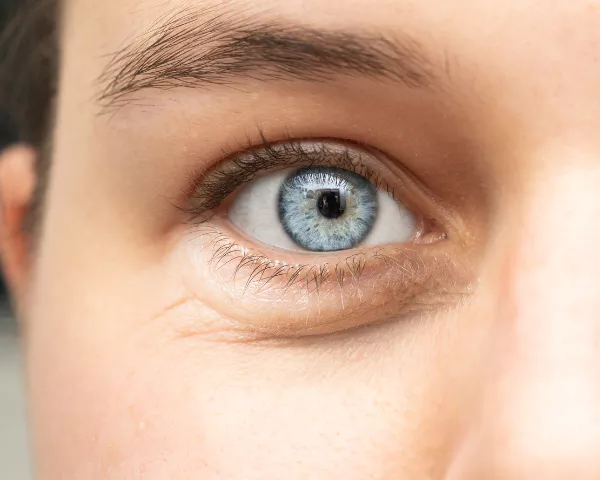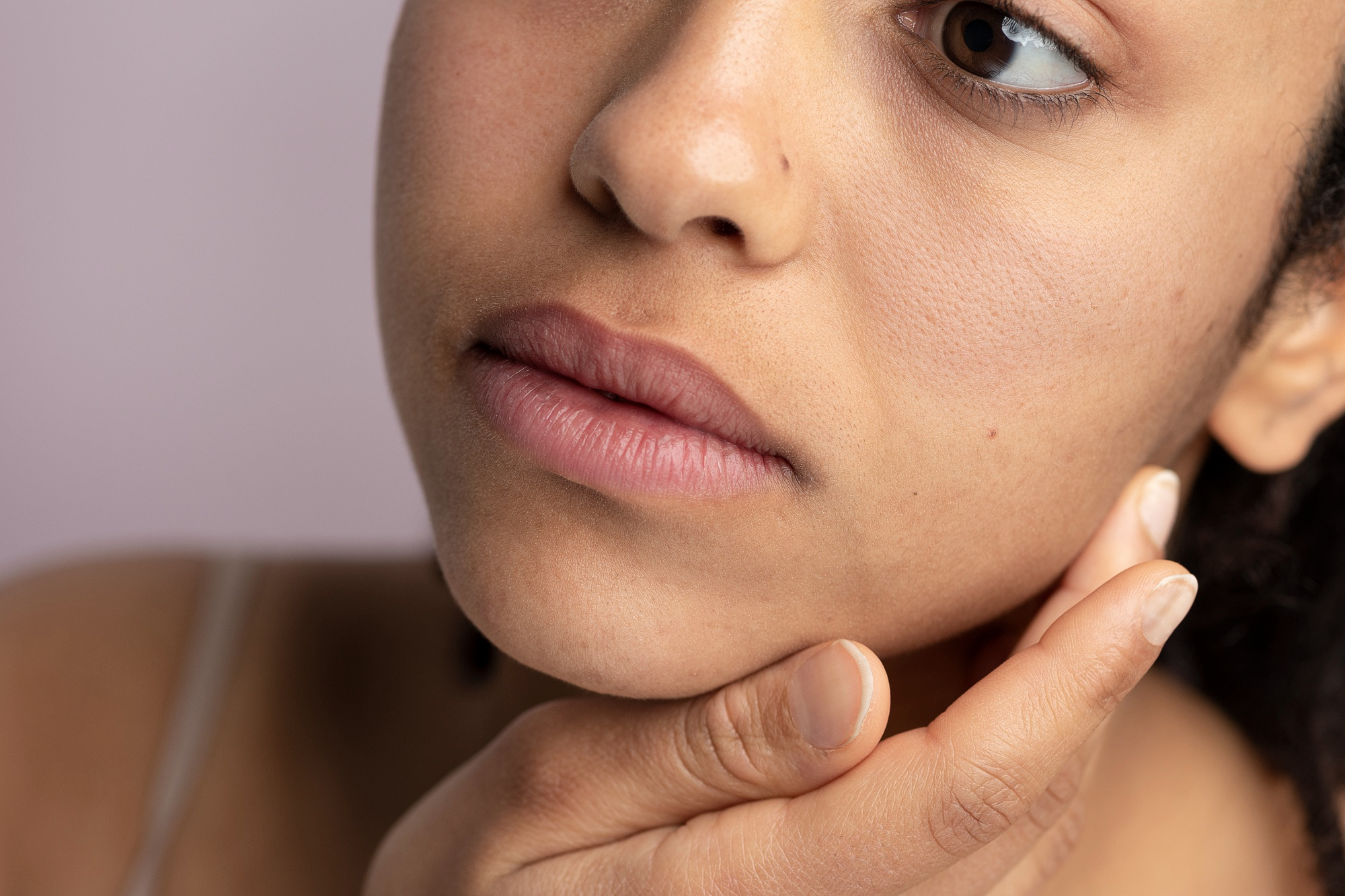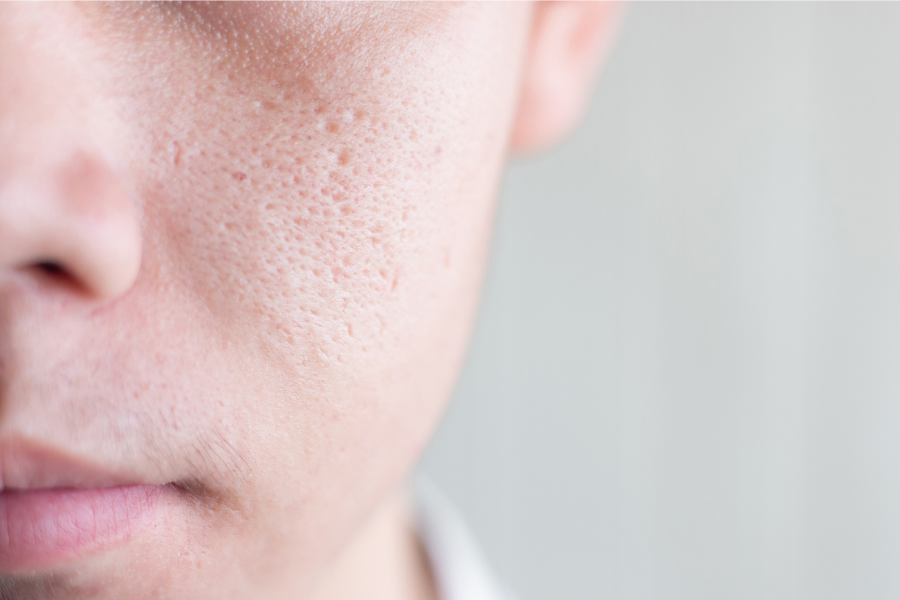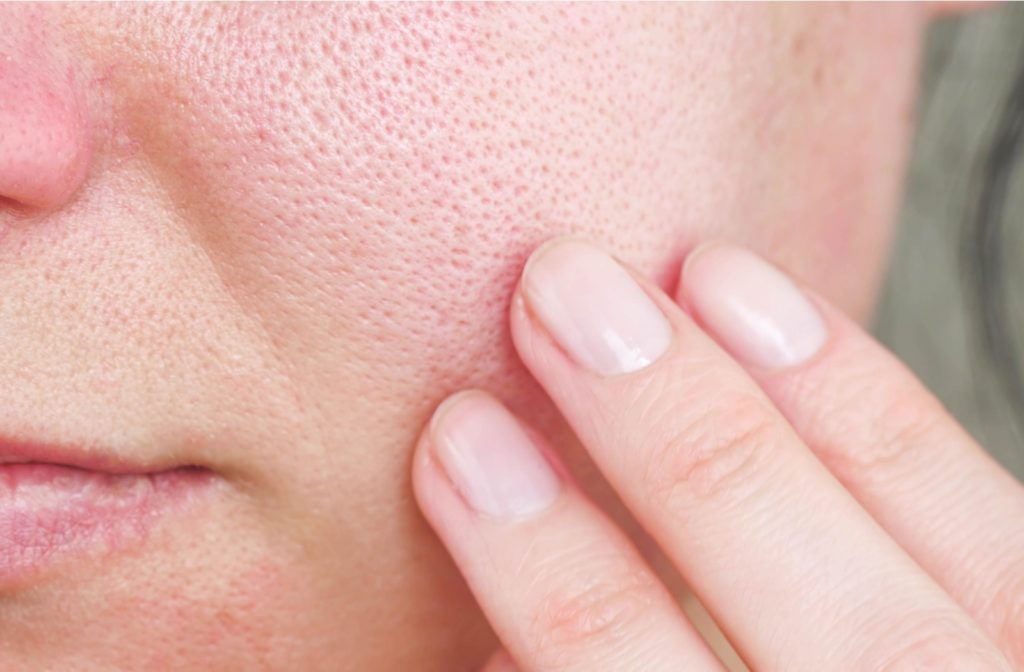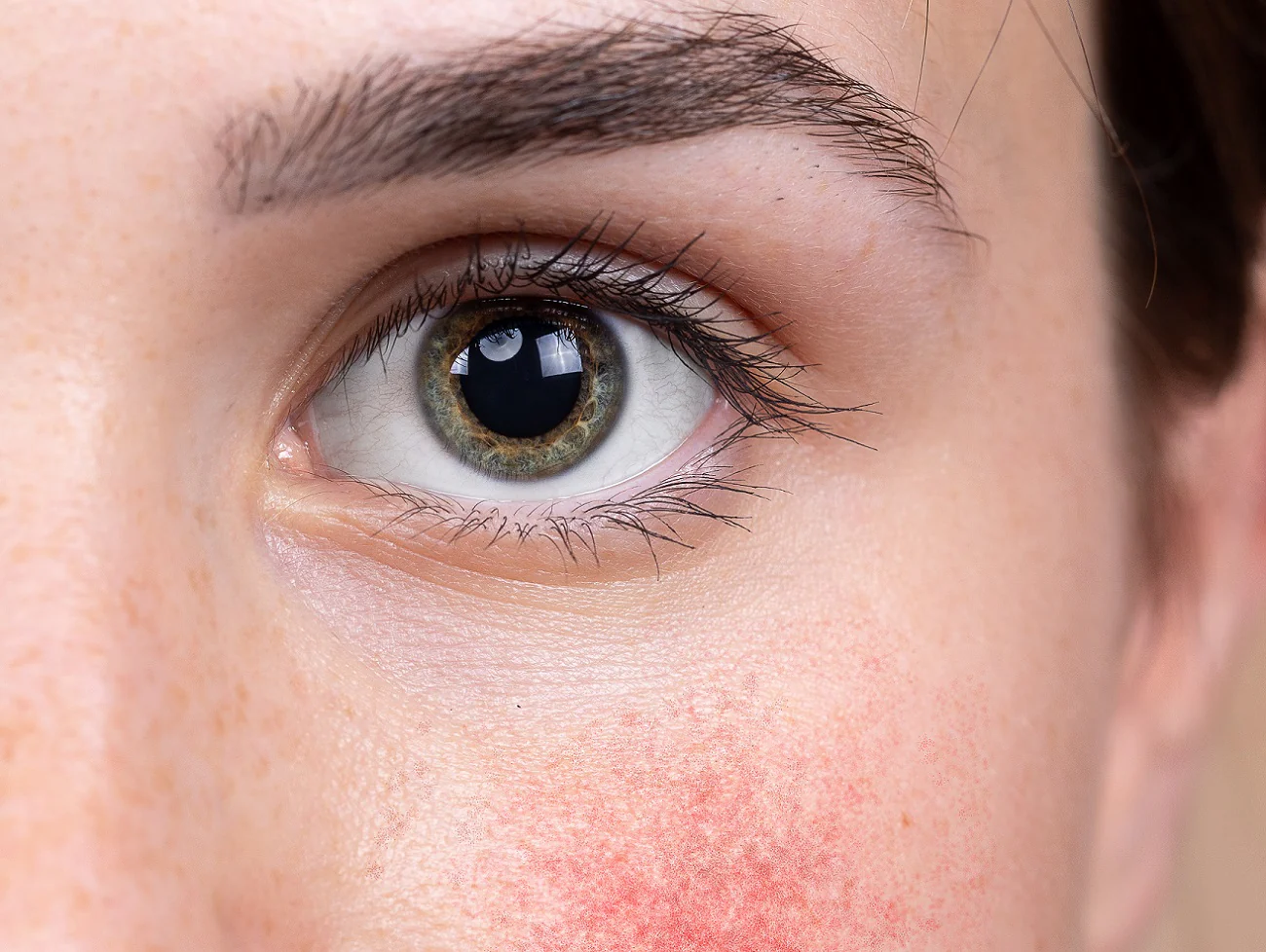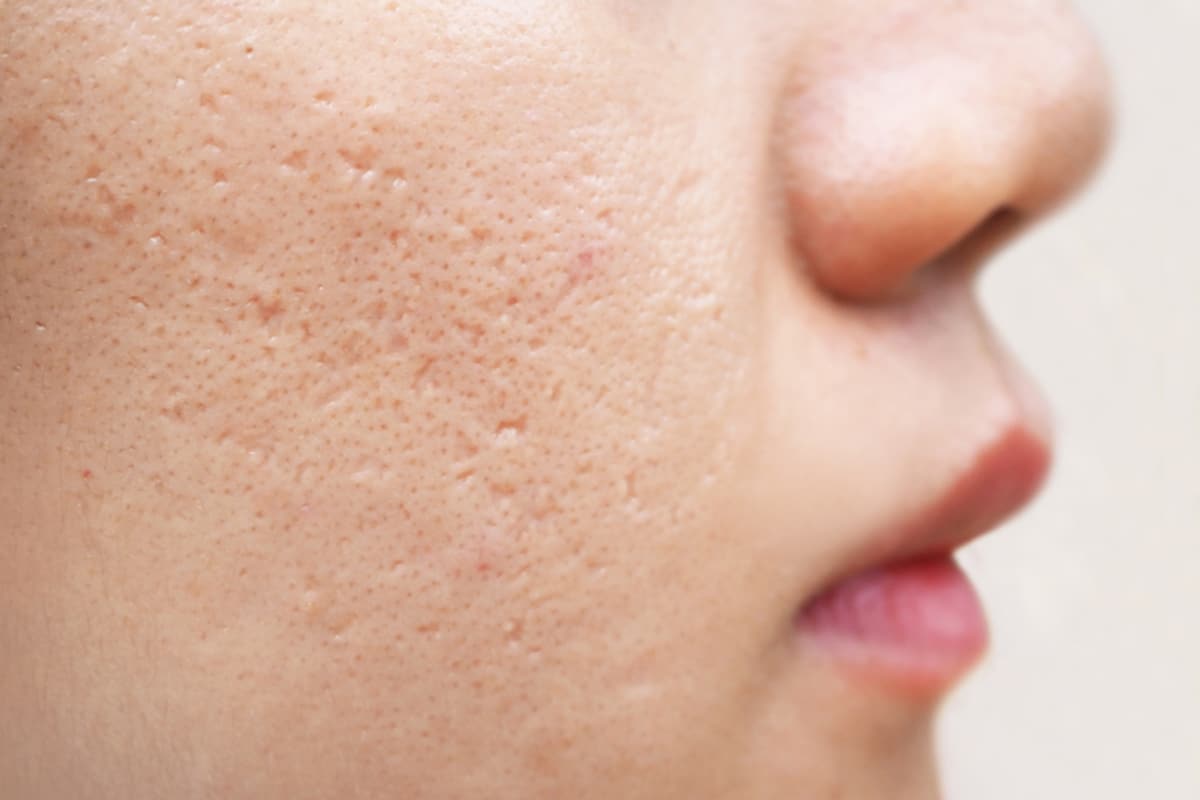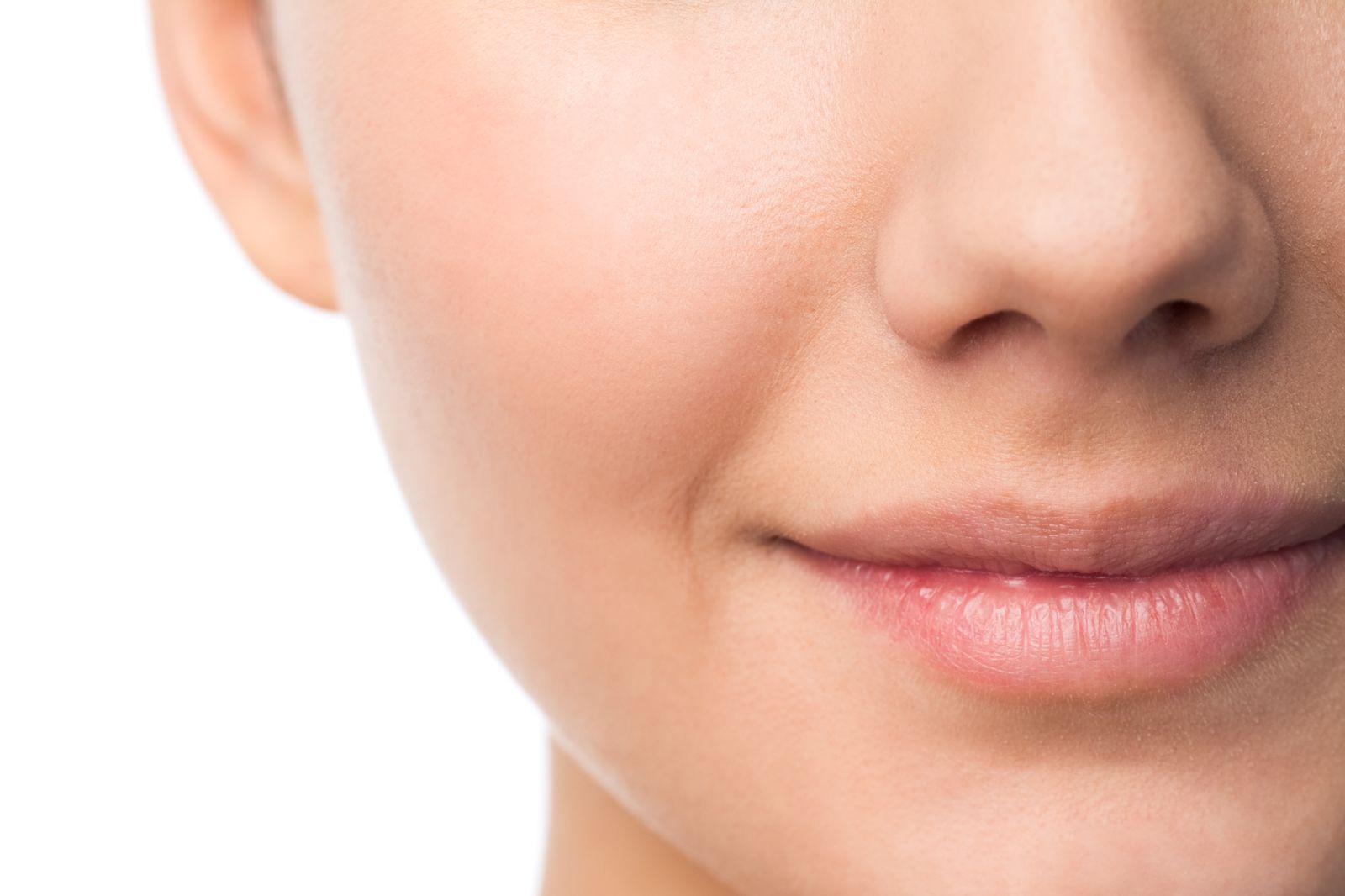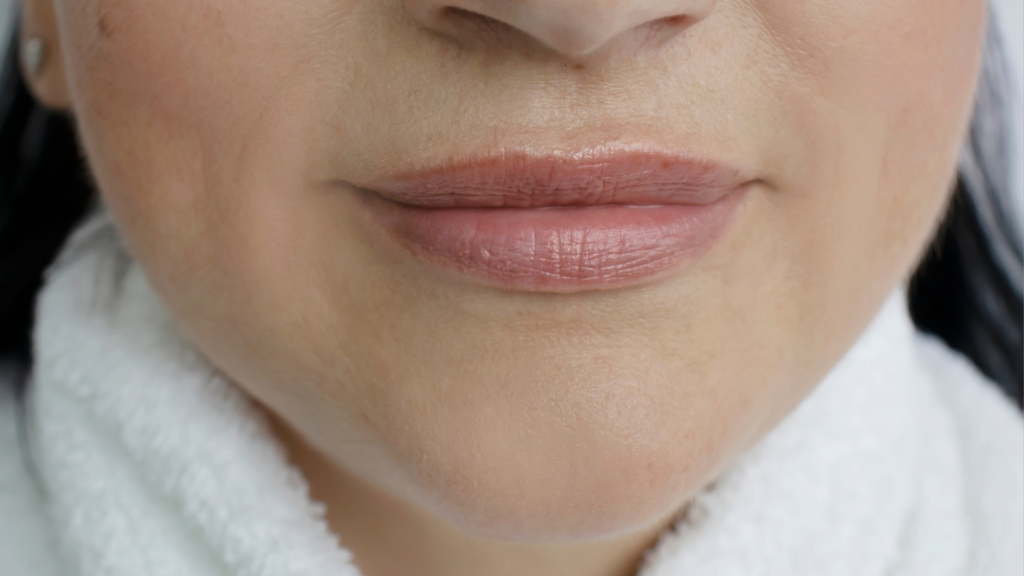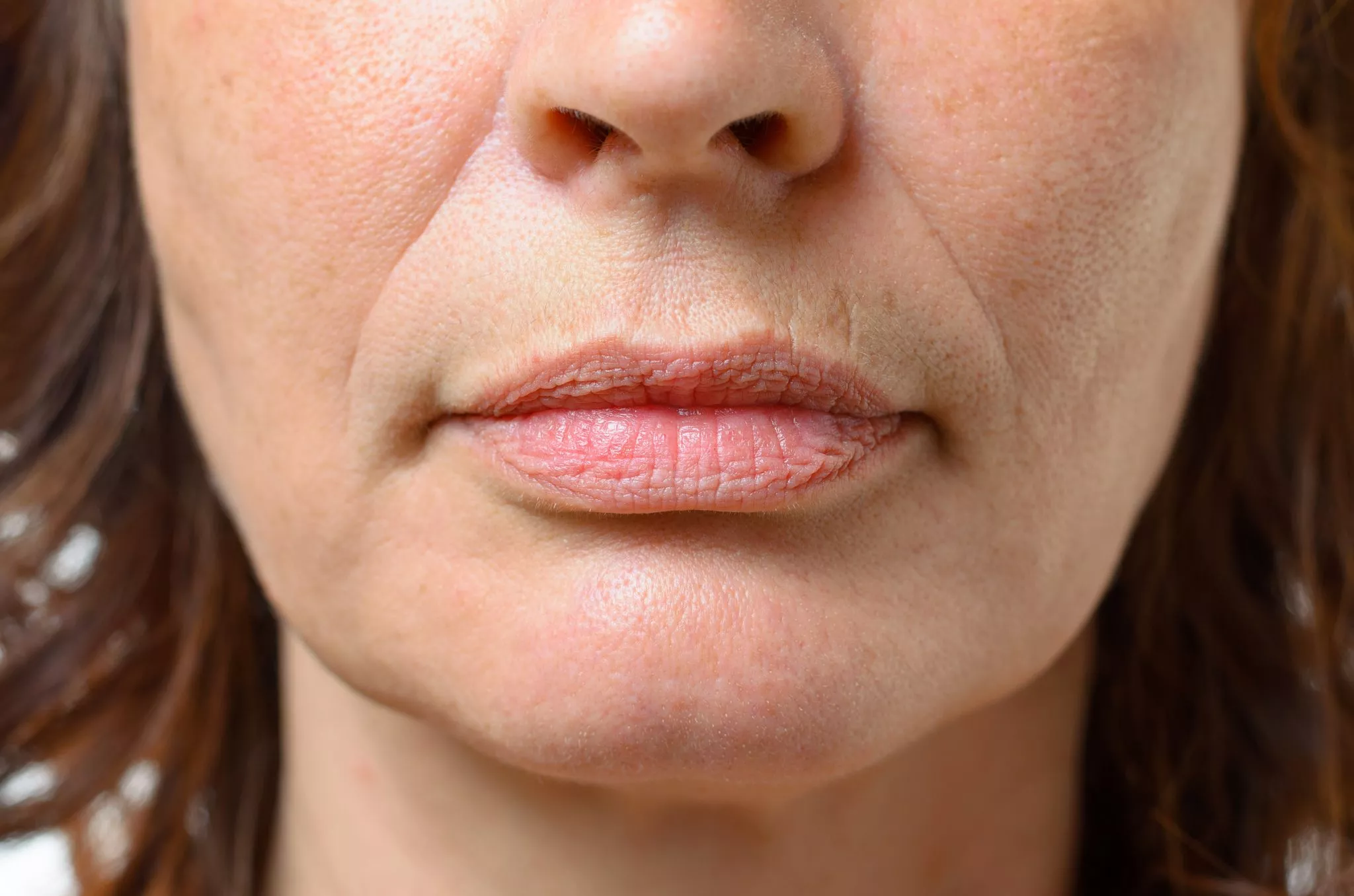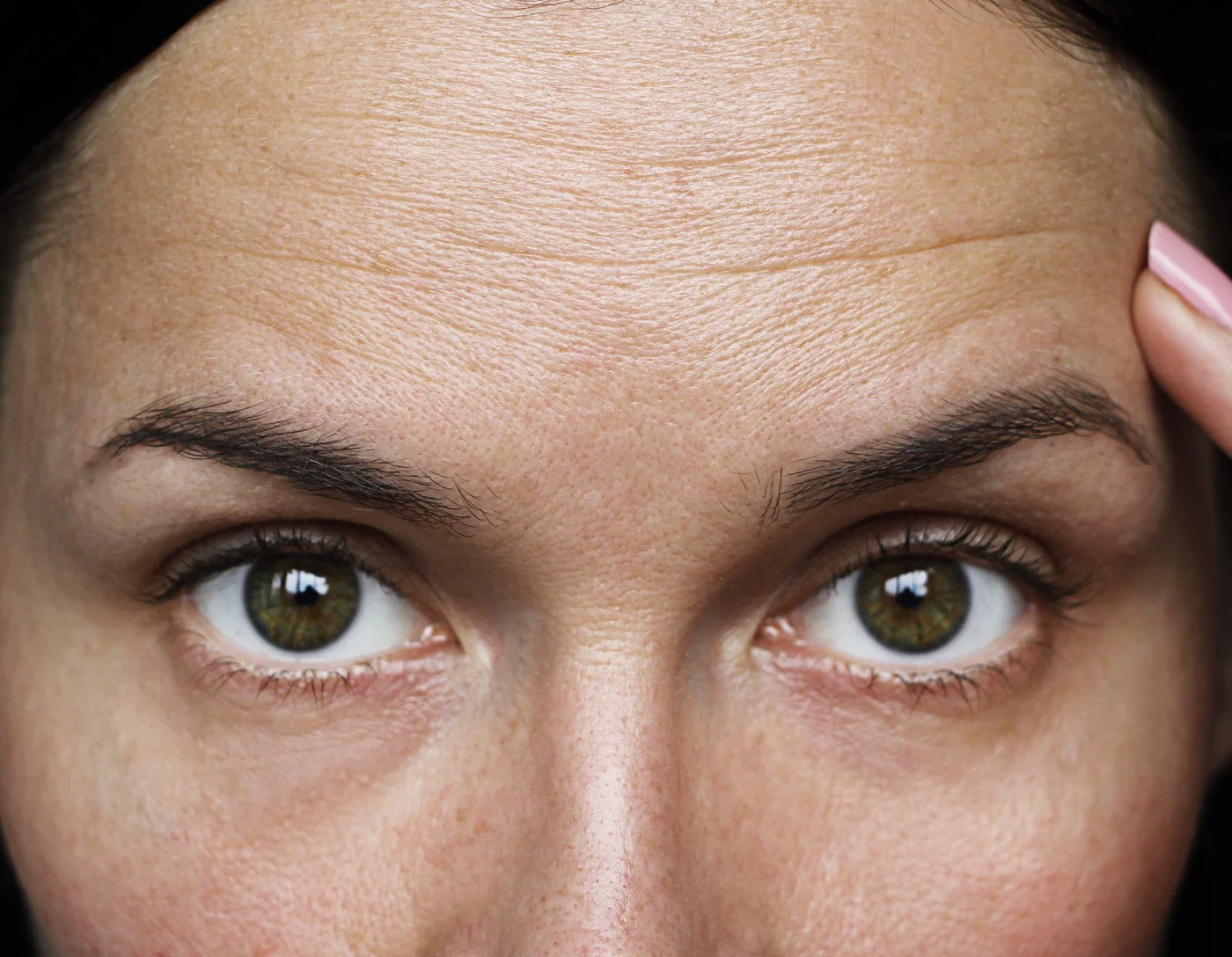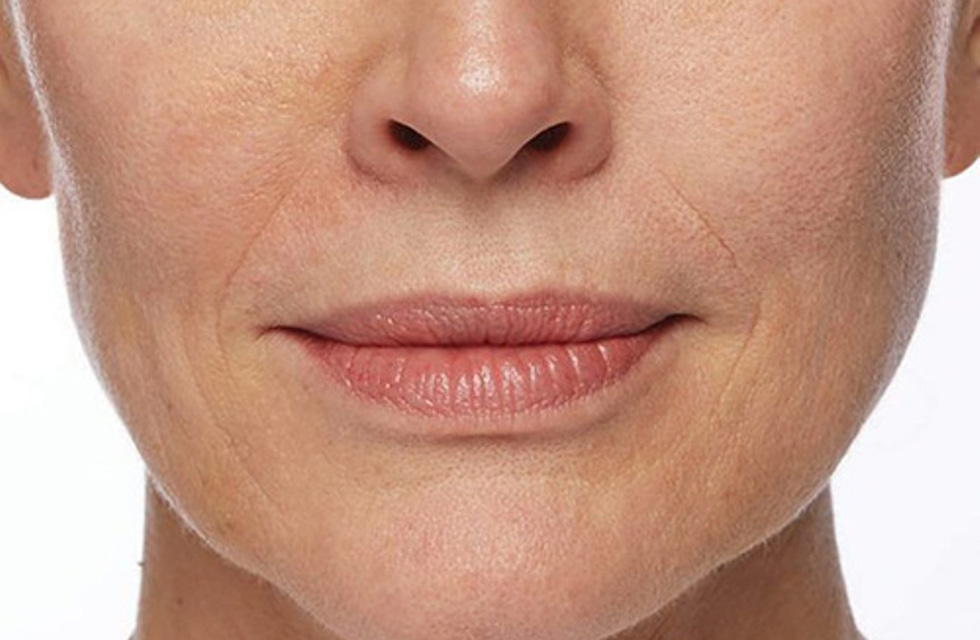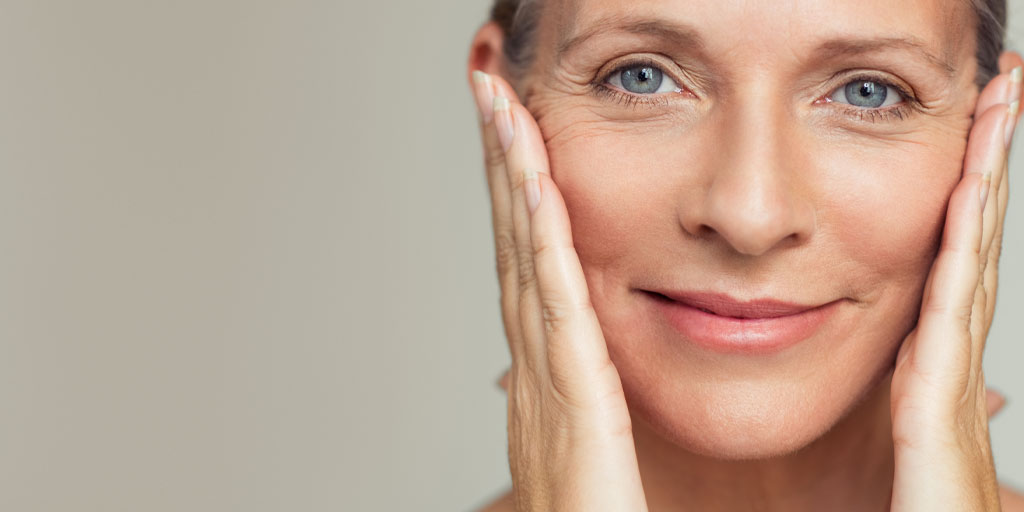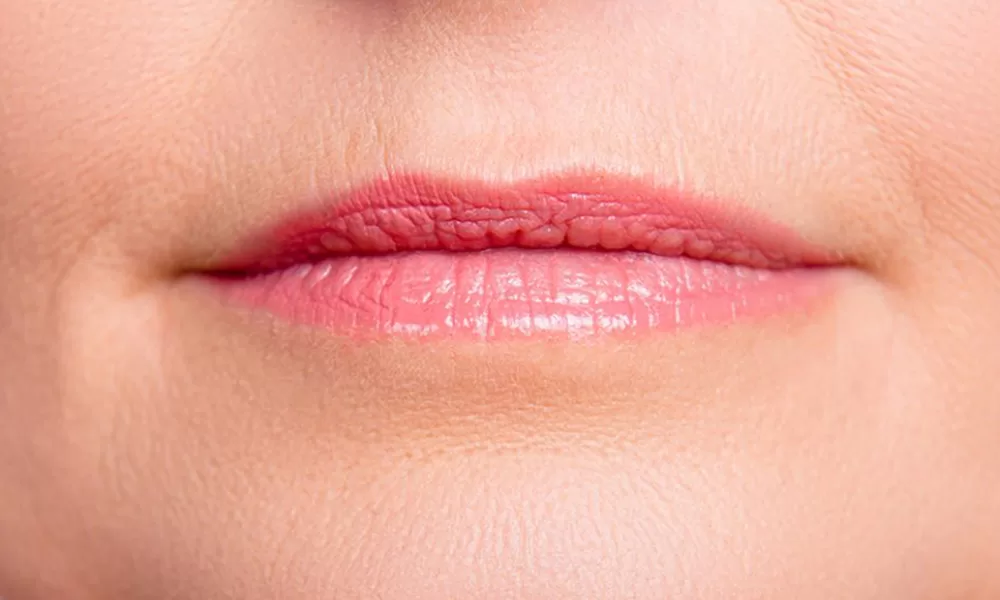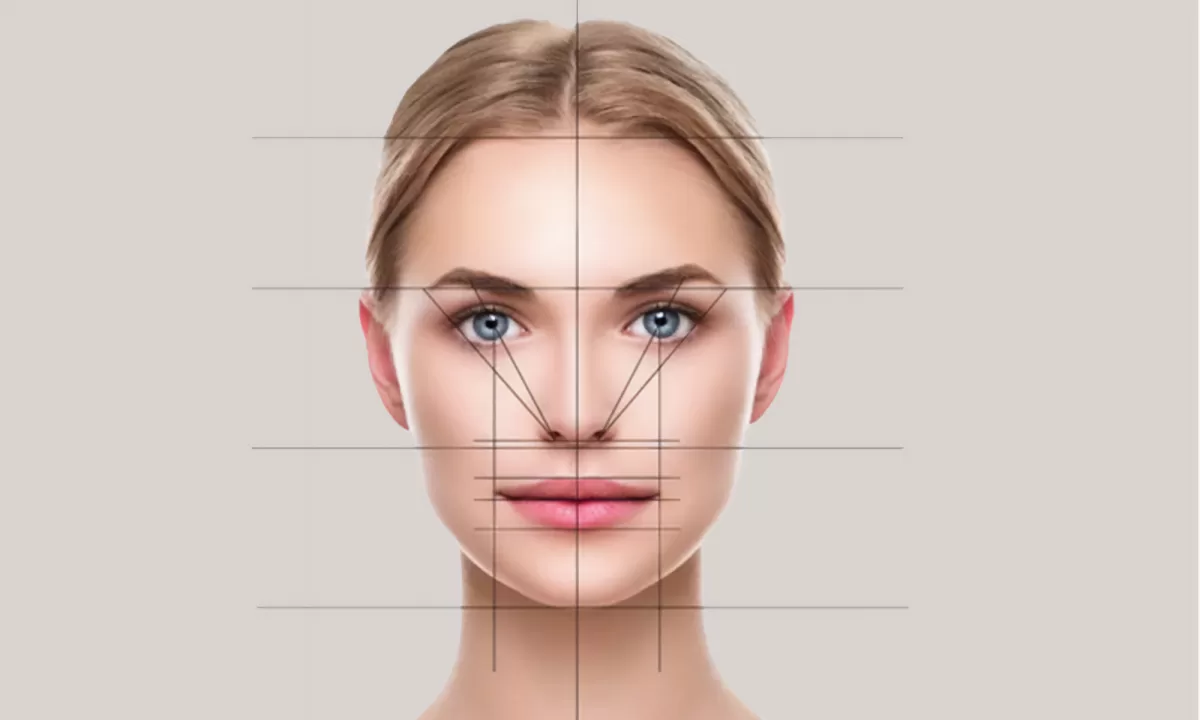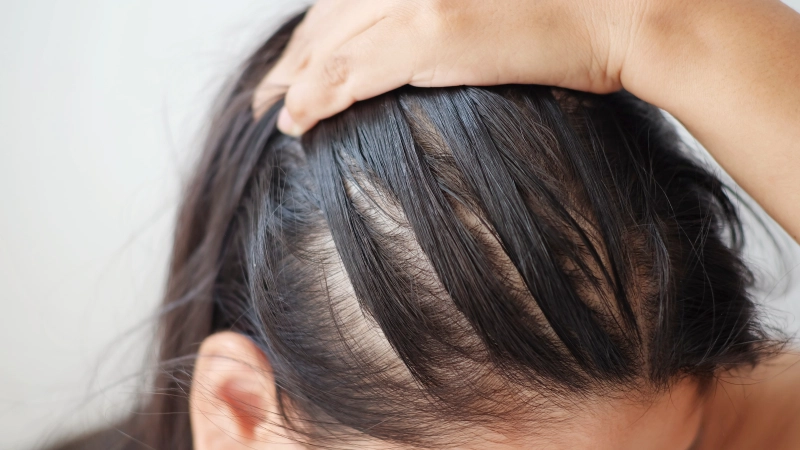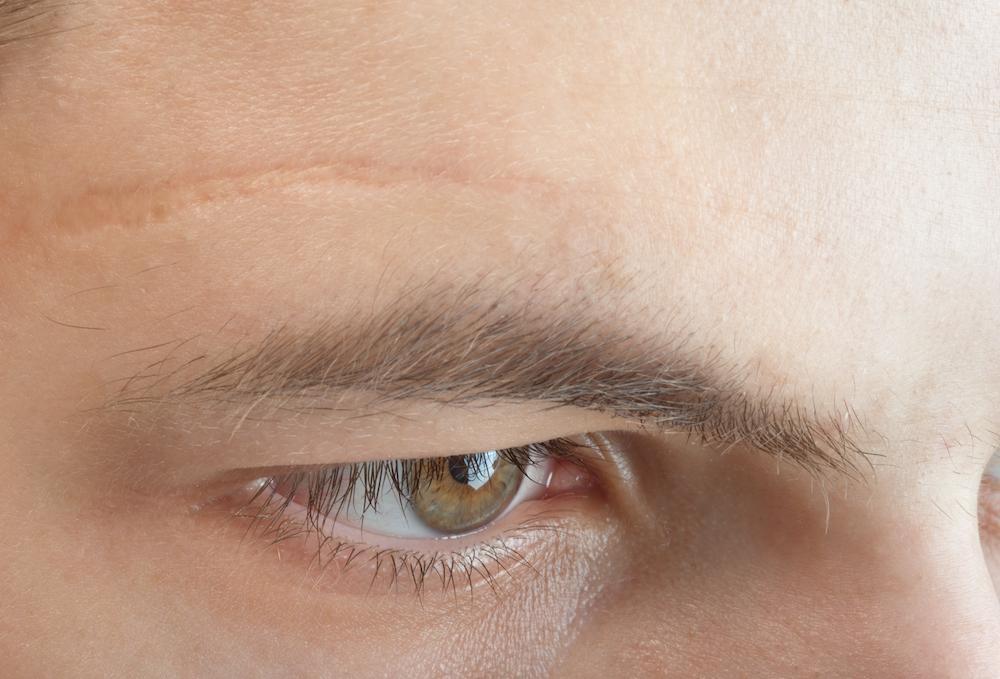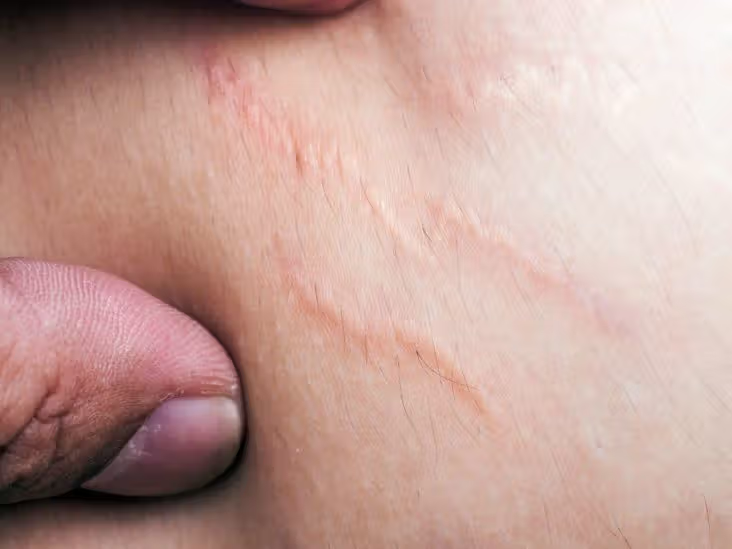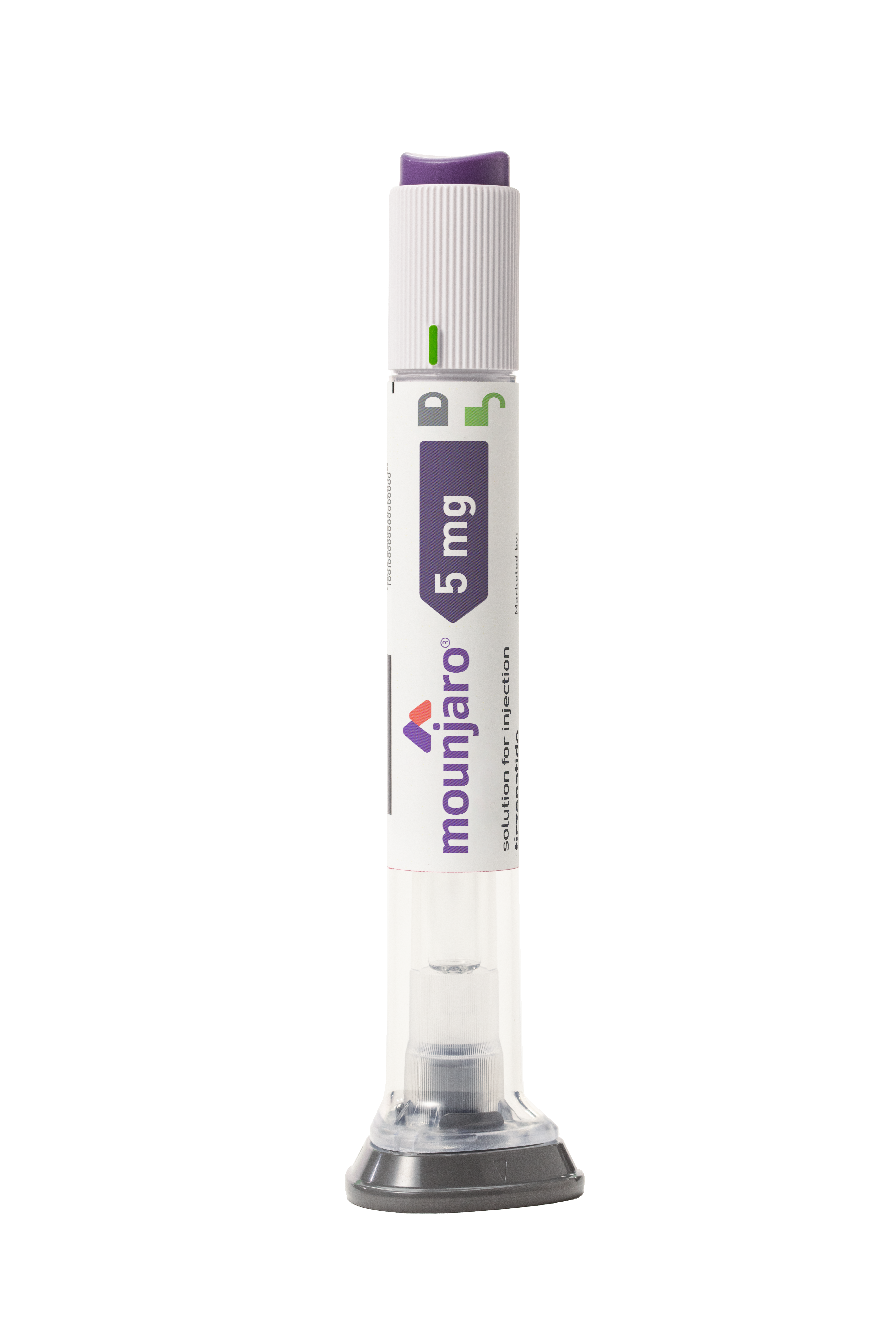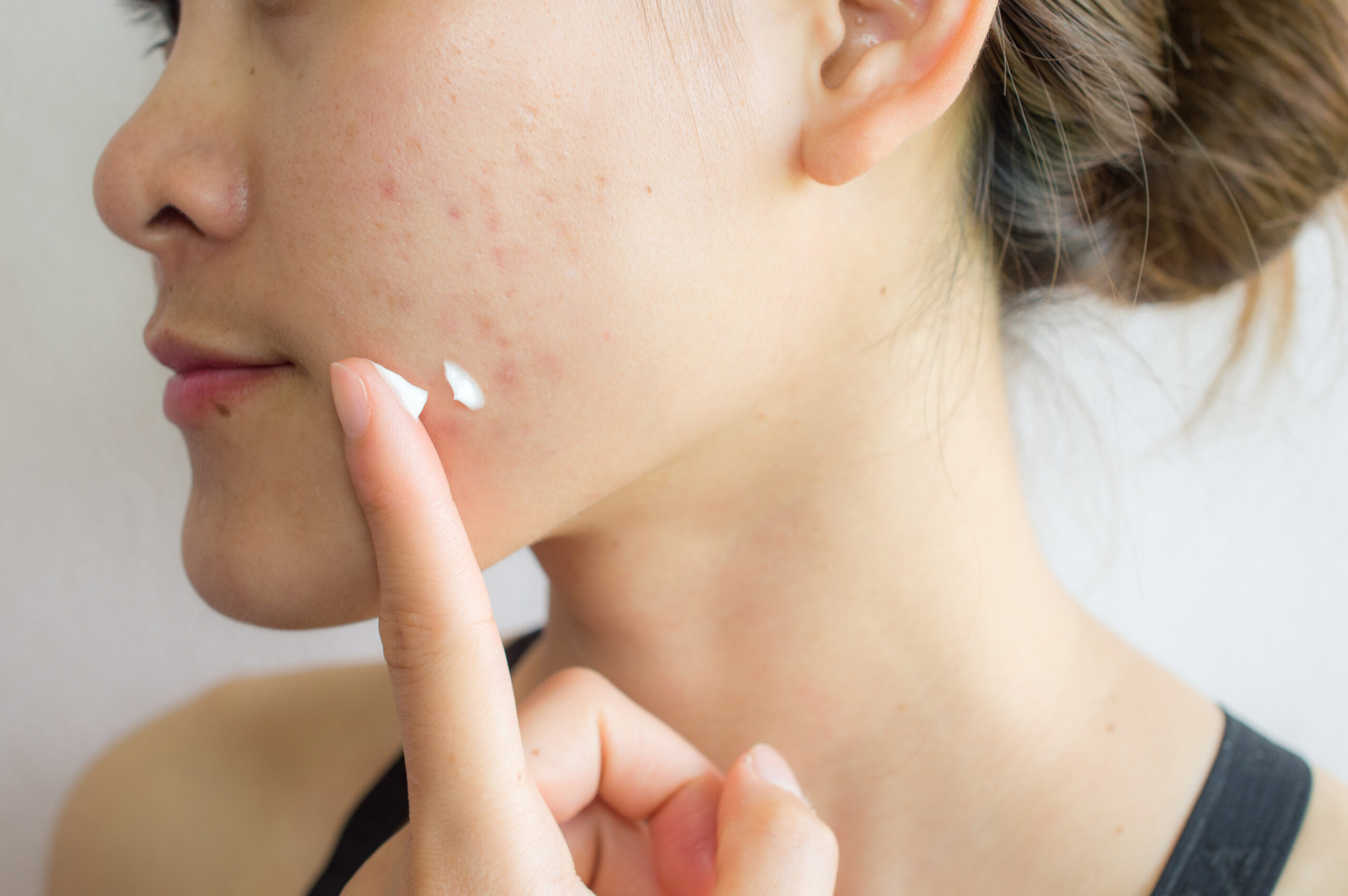
Acne
Acne is a common skin condition that occurs when hair follicles become clogged with oil, dead skin cells, and sometimes bacteria. This leads to inflammation, resulting in pimples, blackheads, whiteheads, and cysts, typically on the face, chest, and back. Acne is most common during adolescence due to hormonal changes, but it can affect people of all ages. Factors like genetics, stress, diet, and certain medications can also contribute to its development. While acne is not typically a serious health issue, it can cause emotional distress and, if untreated, may lead to scarring or other skin complications.
